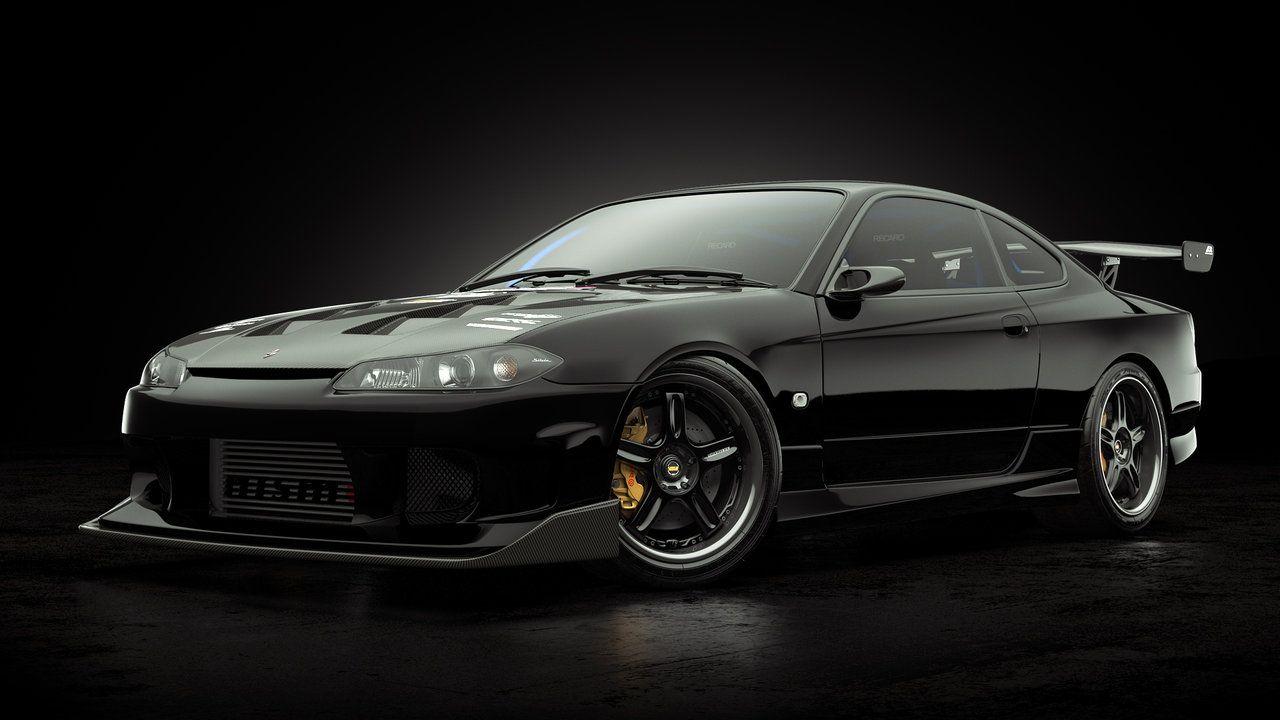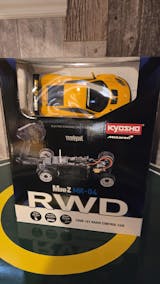The Nissan Silvia is a name that resonates with car enthusiasts and performance aficionados around the world. Known for its dynamic design and innovative engineering, the Silvia has undergone significant evolution since its inception. This blog post takes you on a journey through the various generations of the Nissan Silvia, from its origins in the mid-1960s to its final iteration in the early 2000s.
CSP311 (1965-1968): The Beginning of a Legend

The Nissan Silvia’s story begins with the CSP311, introduced in 1965. This first-generation model was notable for its stylish design and marked Nissan’s entry into the sports car market. Although the CSP311 did not feature the S-Platform or rear-wheel drive that would become synonymous with the Silvia name, it set the stage for future innovations. With its sleek lines and sporty appeal, the CSP311 captured the essence of what would later become a legendary series of sports cars.
Nissan Silvia S10 (1975-1979): The Birth of the S-Platform Era

The Silvia truly began to make its mark with the introduction of the S10 in 1975. This second-generation model was the first to embrace the S-Platform, a significant shift that defined future Silvias. The S10 was available with two engine options: the 1.8-liter L18 SOHC I4 and the 2.0-liter L20B SOHC I4. Both engines were derived from the Datsun B210, offering a blend of power and agility. Known in some markets as the Datsun 200SX, the S10 demonstrated impressive handling and performance, though it struggled to overshadow its competitors from Toyota and Mazda.
Nissan Silvia S110 (1979-1985): Embracing the Boxy Design Trend

As the 1980s rolled in, so did a new design philosophy with the Silvia S110. This third-generation model adopted a boxier design, reflecting the era’s trends. Sharing its chassis with the Mazda Cosmo, Japan's first rotary-engine car, the S110 was available as a 2-door Hardtop Coupe or a 3-door Hatchback Coupe. It came with a range of powerful engine options, including the Z-series engines, some of which were equipped with turbochargers.

The S110 also introduced the 240RS variant, which featured a 2.4-liter DOHC FJ24 I4 engine. This model made a notable impact in motorsports, achieving a second-place finish at the New Zealand Rally from 1983 to 1985.
Nissan Silvia S12 (1983-1988): Iconic Design and Diverse Options

The Silvia S12, produced from 1983 to 1988, is remembered for its distinctive flip-up headlights. This fourth-generation model was available in three body styles: a coupe, a hatchback, and a rare widebody version known as the Grandprix, with only 50 units produced. The S12 offered a variety of engine options, including 1.8 and 2.0-liter CA and FJ series engines, with both SOHC and DOHC configurations. Turbocharged versions were also available.

The S12’s North American variant, known as the 200SX, featured the powerful V6 VG30E engine, making it the most potent of its generation.
Nissan Silvia S13 (1988-1993): The Drifter’s Dream

The fifth-generation Silvia, the S13, became a favorite among drifting enthusiasts. The S13 was offered in several body styles: coupe, hatchback, and convertible. In international markets, it was known as the 180SX or 200SX, while in the U.S., it was marketed as the 240SX. The S13 continued to use the CA18DE and CA18DET engines but later transitioned to the more powerful SR20DE and SR20DET engines. The 240SX variant was equipped with the KA24DE engine. A standout feature of the S13 was the Sileighty, a unique model that combined the Fastback’s body with the Coupe’s front end.
Nissan Silvia S14 (1993-1998): Modernization and Performance

The Silvia S14, introduced in 1993, brought a more modern and rounded design, enhancing its aerodynamic performance and handling. This generation saw the discontinuation of the 1.8-liter engine option and continued the use of the SR series engines with upgrades like variable valve timing (VTC) and a larger turbocharger (T28). The U.S. 240SX retained the KA24DE engine. Notable models of the S14 included the limited-edition Nismo 270R, which boasted 270hp and a distinctive Nismo bodykit, and the Autech K MF-T, which featured extensive modifications and a tuned SR20DET engine producing 245hp.
Nissan Silvia S15 (1999-2002): The Final Chapter

The S15, the final generation of the Nissan Silvia, gained fame for its appearance in *The Fast and the Furious: Tokyo Drift*. This generation was available in Japan, Australia, New Zealand, and Taiwan, where it was known as the AREX Elite 951. The S15 featured an upgraded SR20DET engine with a ball-bearing turbocharger, producing 250hp. The non-turbo SR20DE variant offered 165hp. The S15 was available in two popular trims: Spec-R and Spec-S, which differed in gearbox, brake size, and features. The S15 made a significant impact in both drifting and touring car racing, competing successfully in events like the Super GT.

Despite the end of its production in 2002, the Nissan Silvia continues to be revered by car enthusiasts and remains a sought-after model for its performance, design, and racing heritage. From its early days with the CSP311 to the final S15, the Silvia’s evolution reflects Nissan’s commitment to innovation and excellence in sports car engineering.














